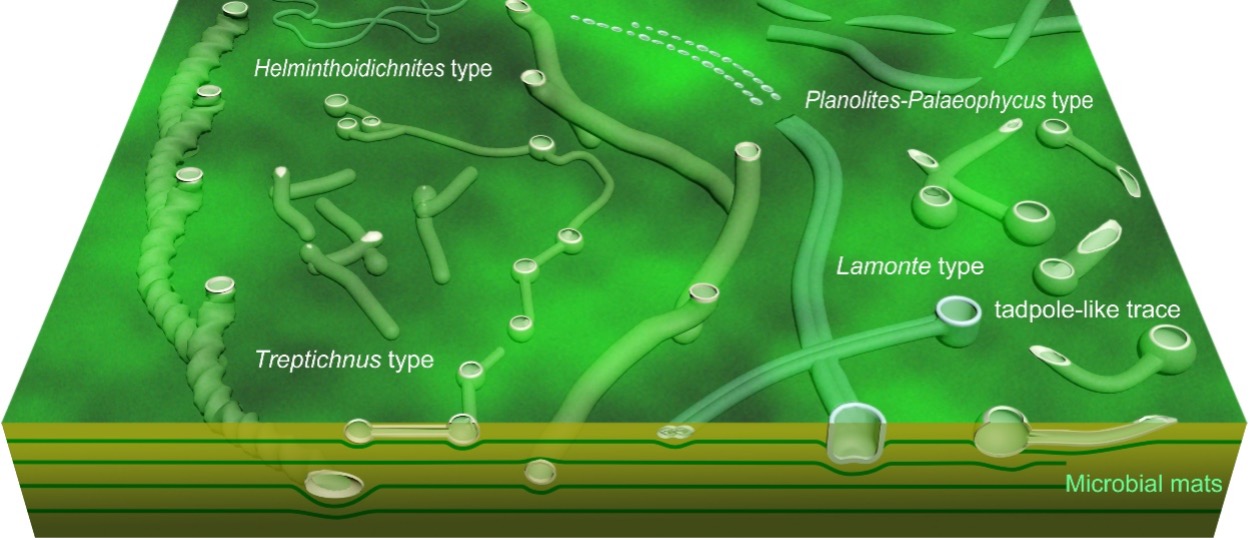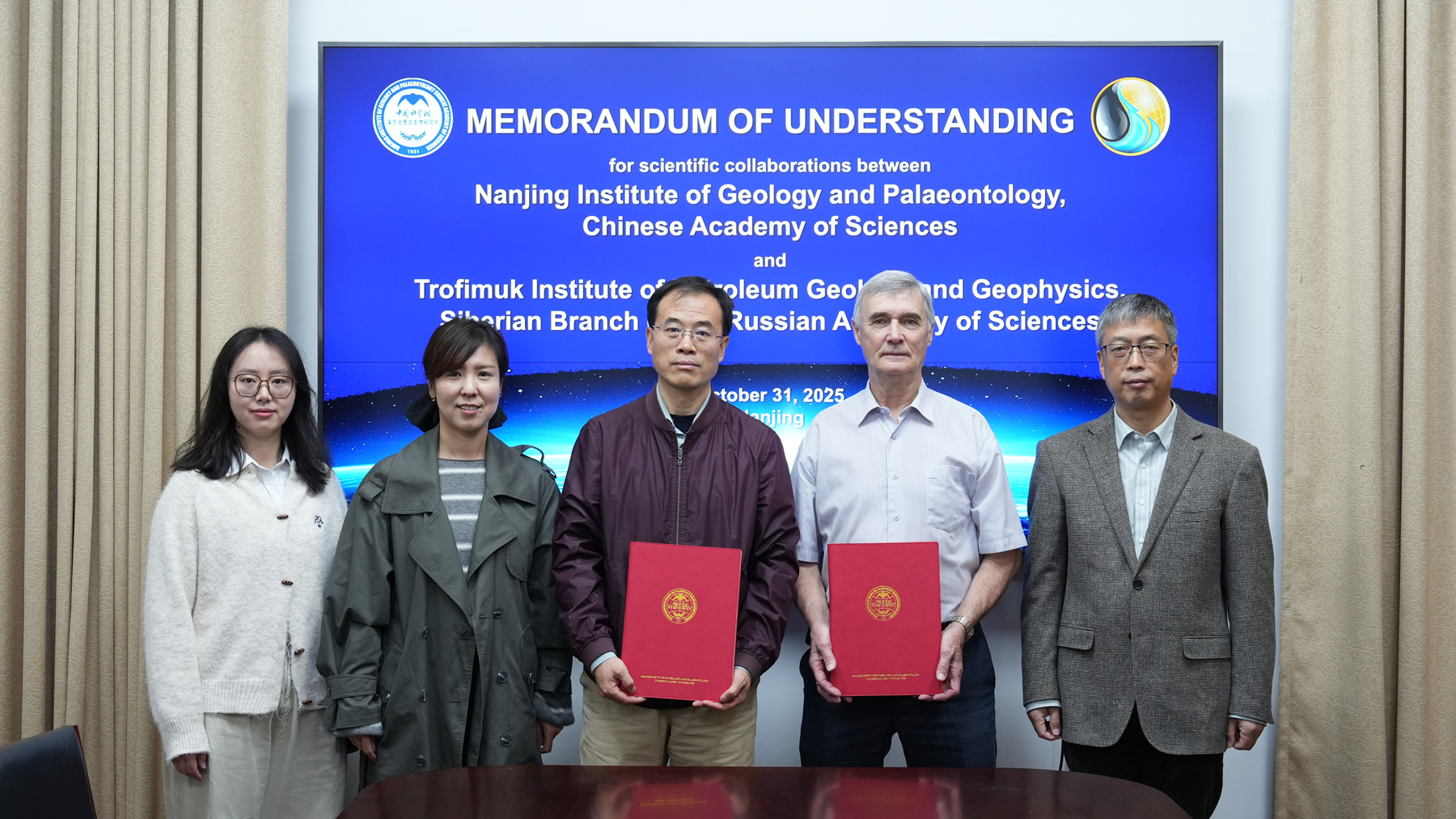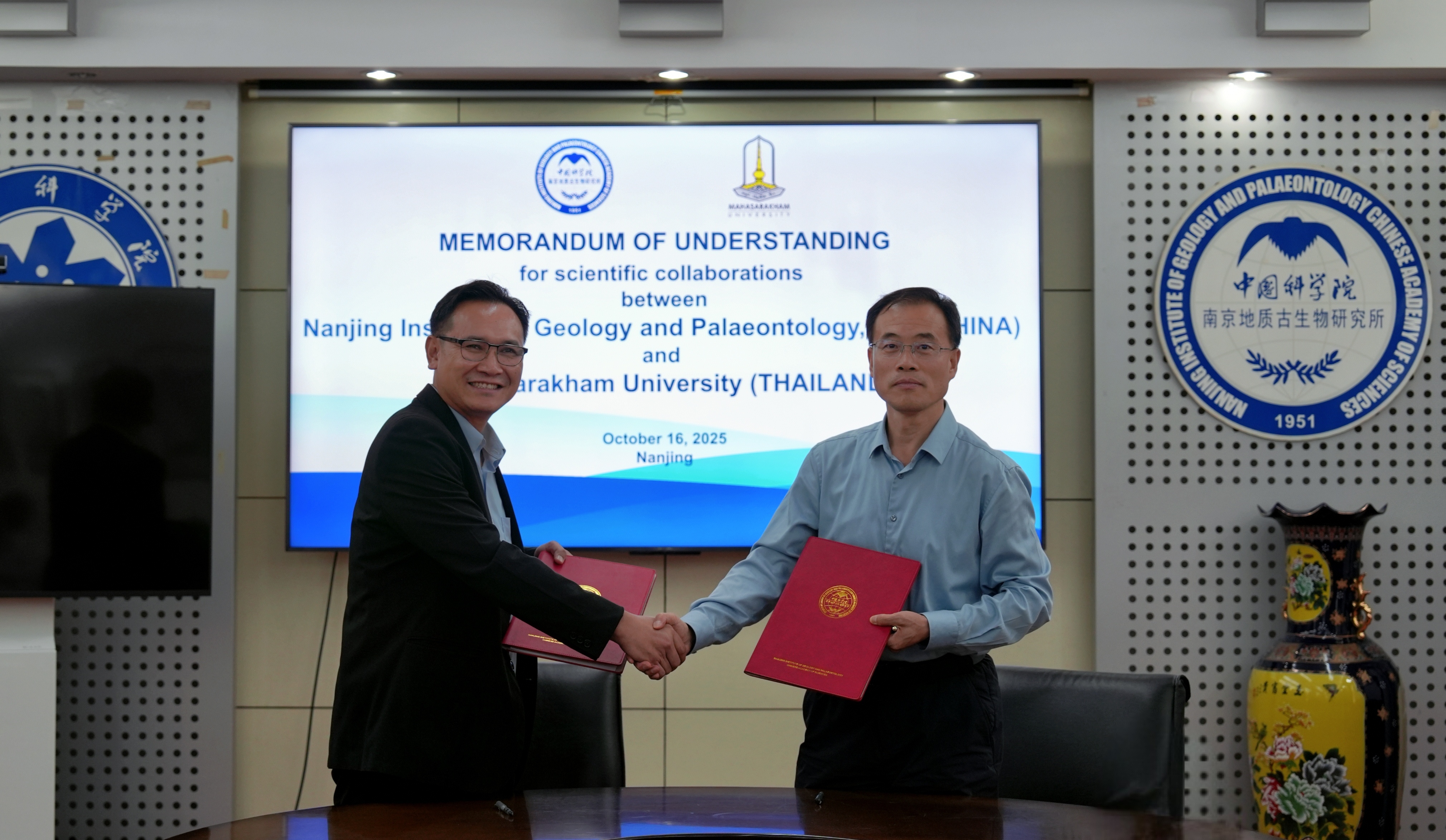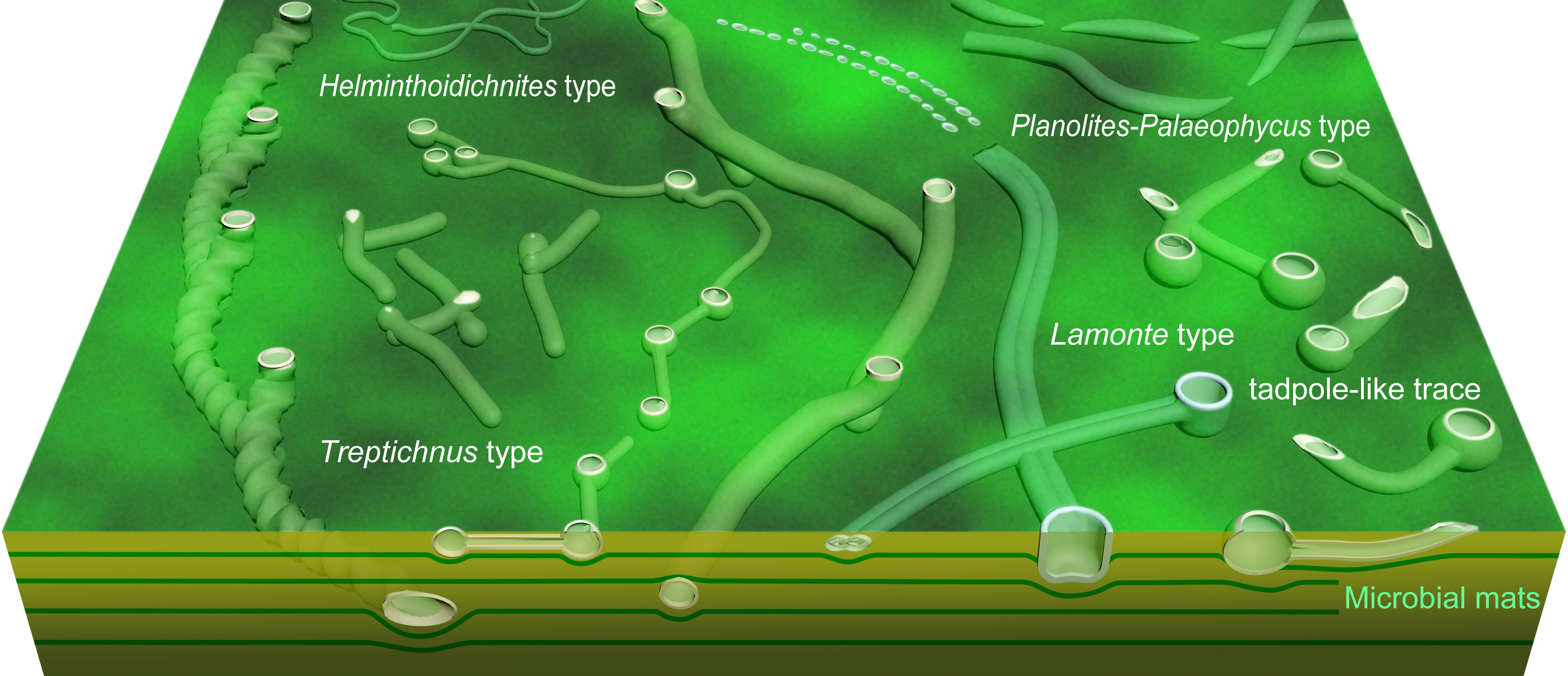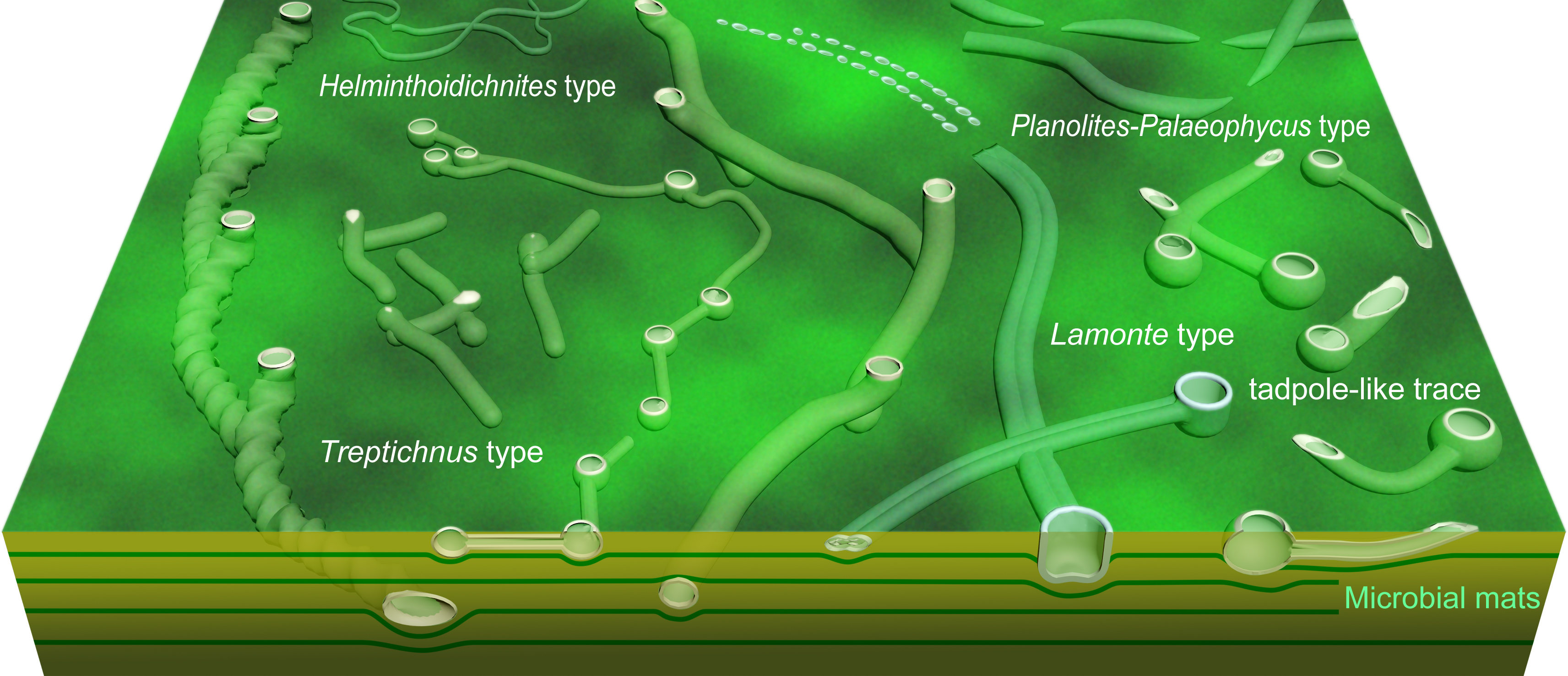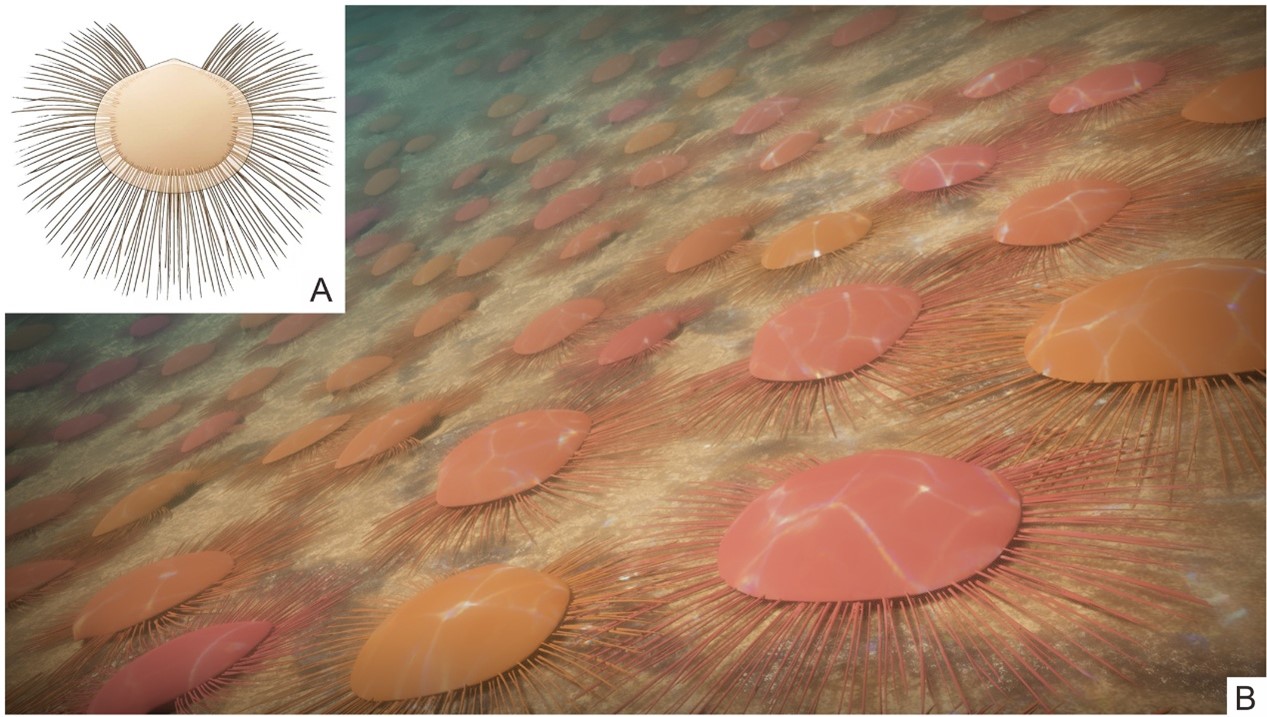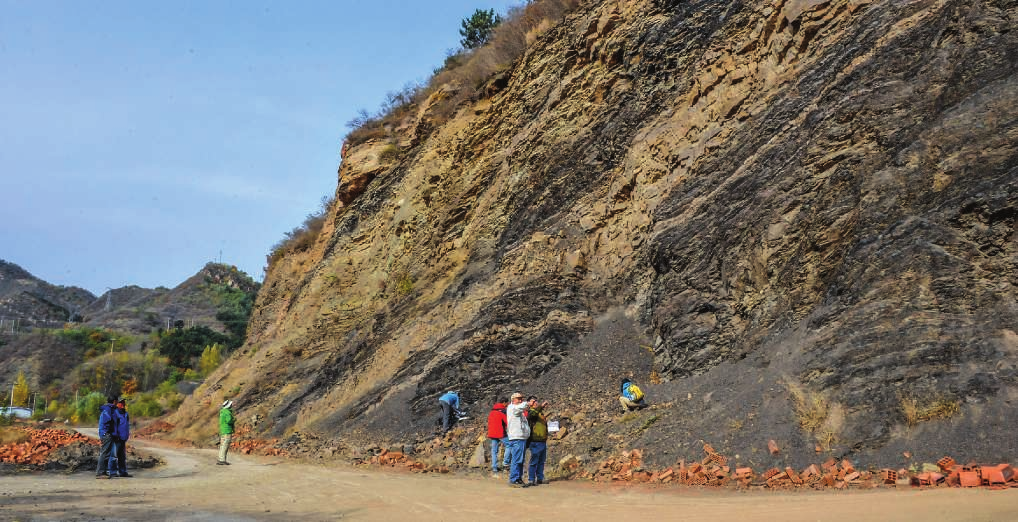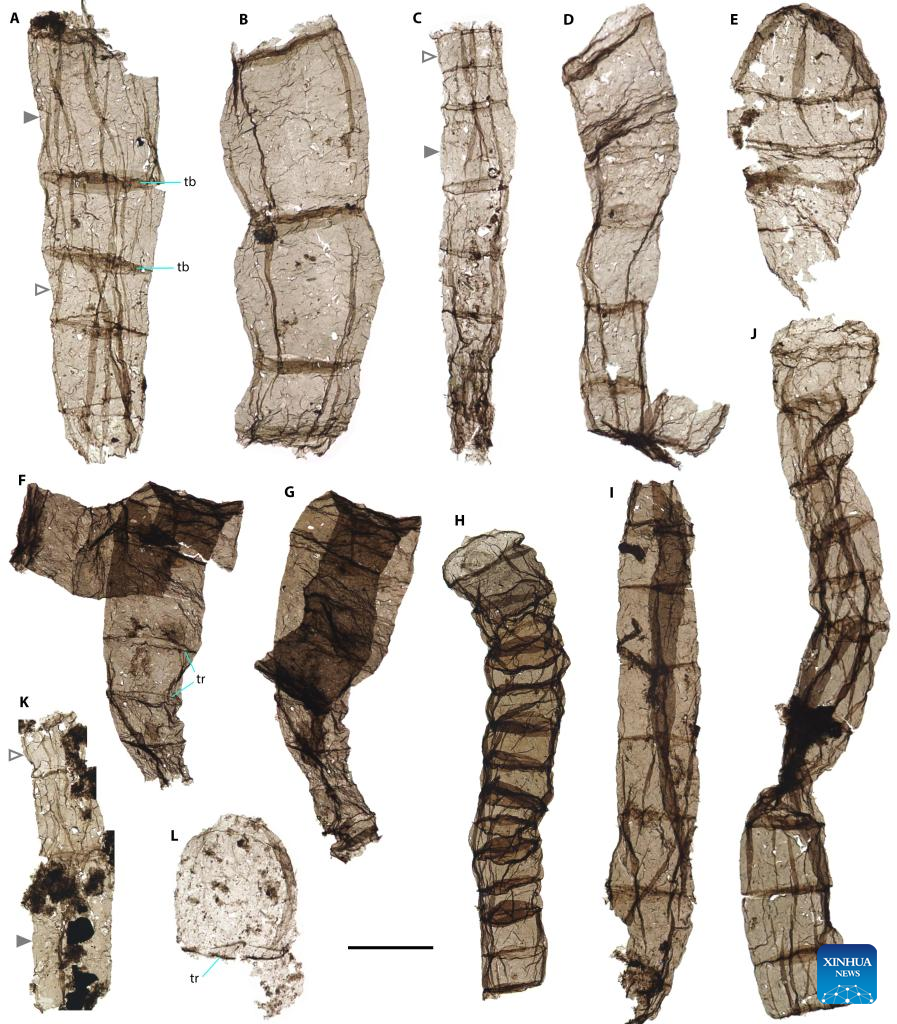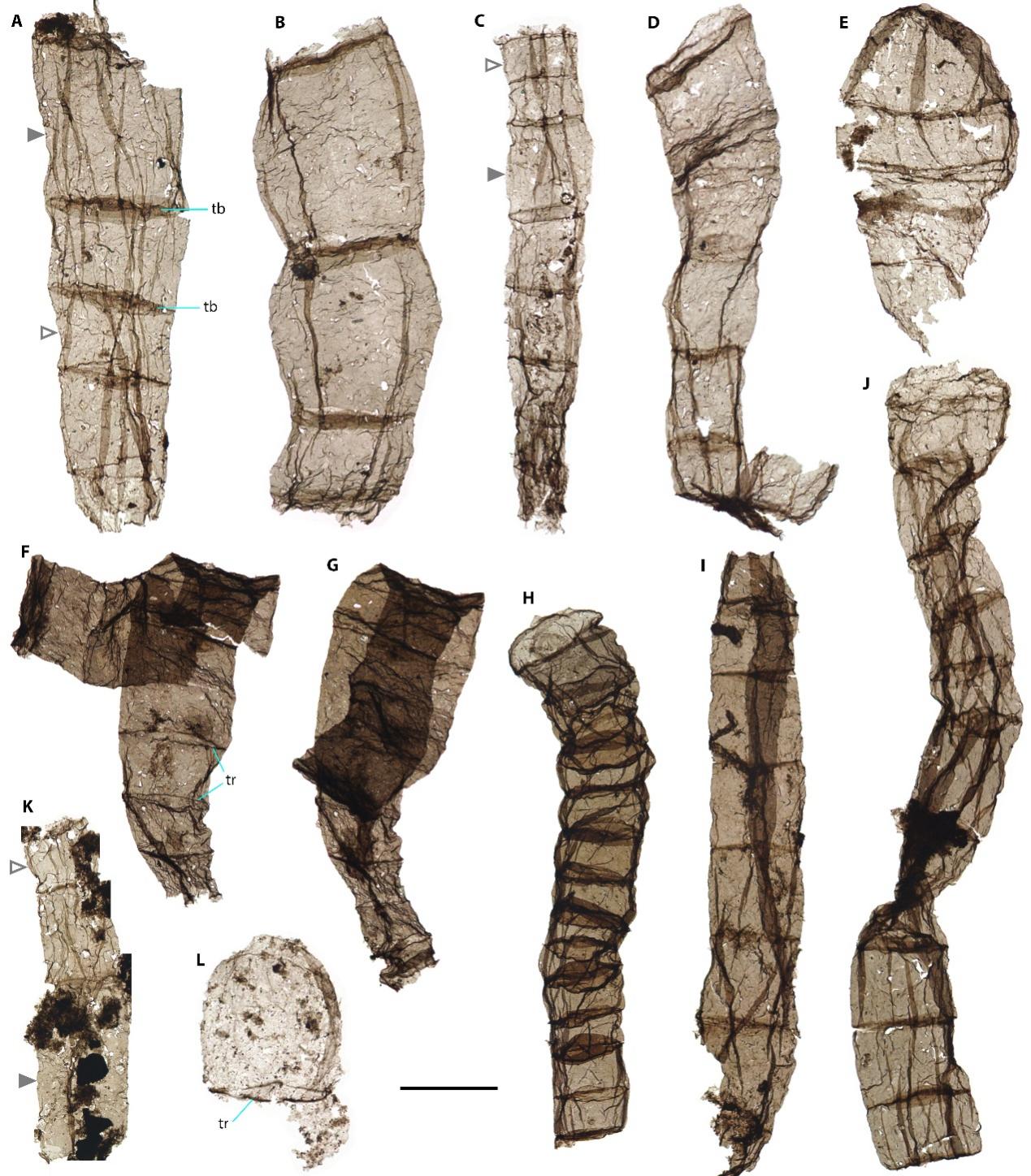【Xinhua】China Focus: New study pushes back origin of complex animal behavior by almost 10 mln years
30 ,Oct,2025
BEIJING, Oct. 30 (Xinhua) -- A group of fossilized tunnels dug by animals about 550 million years ago, discovered in the upper reaches of the Yangtze River in China, have offered new insights into how the earliest animal activities began to shape the seafloor environment.
【EurekAlert】Researchers uncover oldest 3D burrow systems in Hubei's Shibantan Biota
30 ,Oct,2025
A research team from the Nanjing Institute of Geology and Palaeontology of the Chinese Academy of Sciences (NIGPAS) has made progress in studying the Shibantan Biota in Yichang, Hubei Province, uncovering the oldest known complex three-dimensional burrow systems to date. Preserved in approximately 550-million-year-old strata, these trace fossils show that complex animal behaviors were modifying the seafloor environment nearly 10 million years earlier than previously thought.
【Global Time】New fossil discovery reveals how ‘setae’ shaped seabed communities 436 million years ago
24 ,Jul,2025
Chinese scientists' latest findings in ancient seabed community illustrate a biological mechanism capable of shaping community structure, operating beyond passive environmental constraints or initial larval settlement preferences, and highlight the potential for subtle anatomical features to exert significant ecological influence in deep time, according to a research article published on Monday by the Proceedings of the National Academy of Sciences of the United States of America (PNAS), a leading scientific journal in the world.
